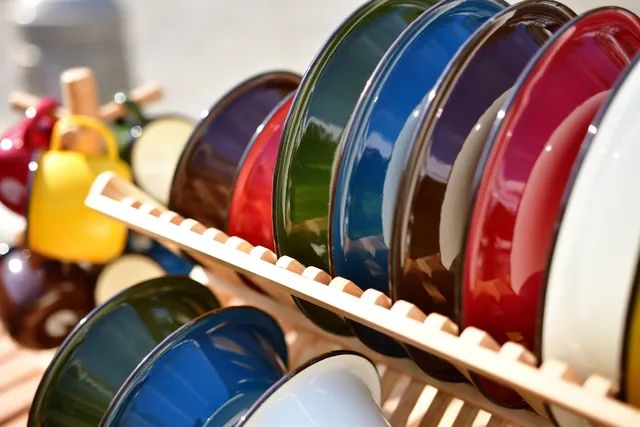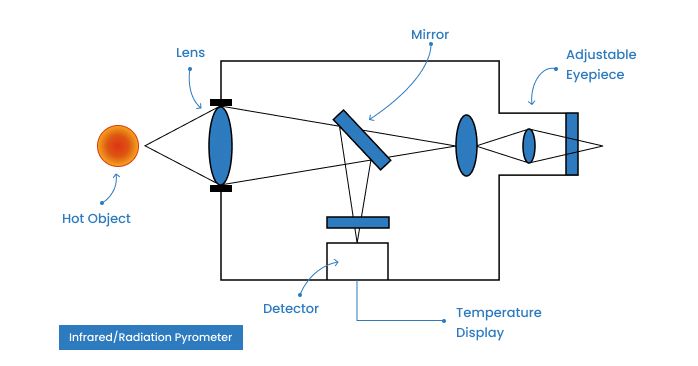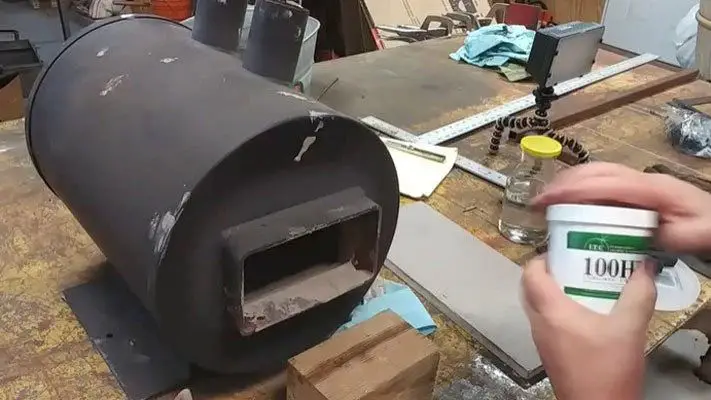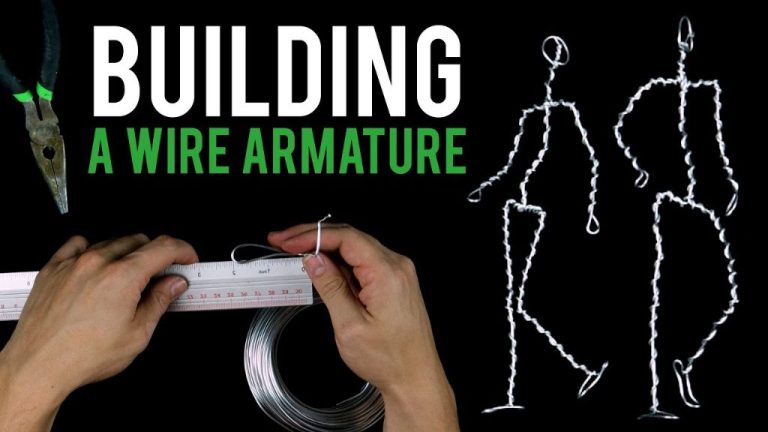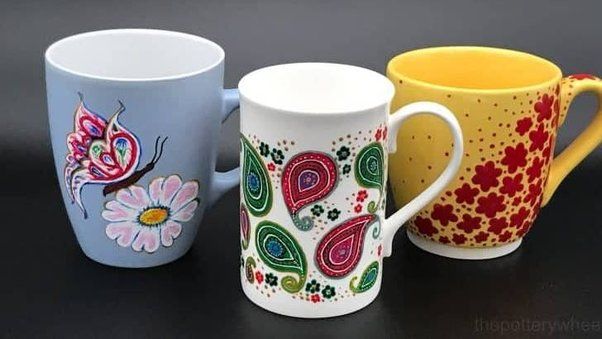What Is A Good Flooring For A Craft Room?
Choosing the right flooring for a craft room requires carefully considering several factors. The flooring needs to be durable to withstand constant foot traffic, art supplies being dropped, and potential spills. It should also be easy to clean to remove messes from various craft projects. Comfort is key as well since crafters will likely be standing or sitting on the floor for long periods of time. Appearance matters too – the flooring should complement the aesthetic of the craft room. Safety is a priority, as the flooring needs to prevent slips and falls. Other aspects to evaluate include noise reduction, budget friendliness, and environmental factors. This article provides an overview of the key elements to take into account when selecting flooring for a craft room.
Durability
When choosing a floor for a craft room, durability is often the top priority. The floor will need to withstand a lot of foot traffic as well as potential spills, scrapes, and messes from various craft projects. The ideal craft room floor should be scratch, stain, and water resistant.
Hard, dense flooring materials like stone, tile, and vinyl are very durable options that can handle heavy usage and messes. Tile and vinyl are particularly good at resisting scratches, stains, and moisture. Their smooth, nonporous surfaces make cleaning up spills a breeze. Vinyl also comes in sheet form for seamless flooring that avoids messy grout lines.
Wood floors can work too if protected by a thick polyurethane coat, but may dent and scratch over time. Laminate and bamboo mimic the look of hardwood with more stain resistance. Just avoid porous unfinished wood which stains easily. Carpet is typically not very durable for craft rooms.
Choosing the right durable flooring for your craft room means it can withstand whatever chaos your projects throw its way while still looking great. Sturdy floors that resist stains, scratches, and moisture will save you from headaches down the road.
Budget
When choosing flooring for a craft room, budget is an important consideration. The cost can vary greatly depending on the type of flooring material.
Some of the most popular options for craft rooms and their average costs per square foot installed are:
- Luxury vinyl plank – $3-7 per square foot (Flooring Inc)
- Laminate – $3-8 per square foot (HomeAdvisor)
- Tile – $6-15 per square foot for materials and installation (HomeAdvisor)
- Hardwood – $6-15 per square foot installed (Fixr)
Less expensive options like laminate and luxury vinyl are ideal for crafters on a tight budget. However, more durable surfaces like tile may be worth the investment for avid crafters.
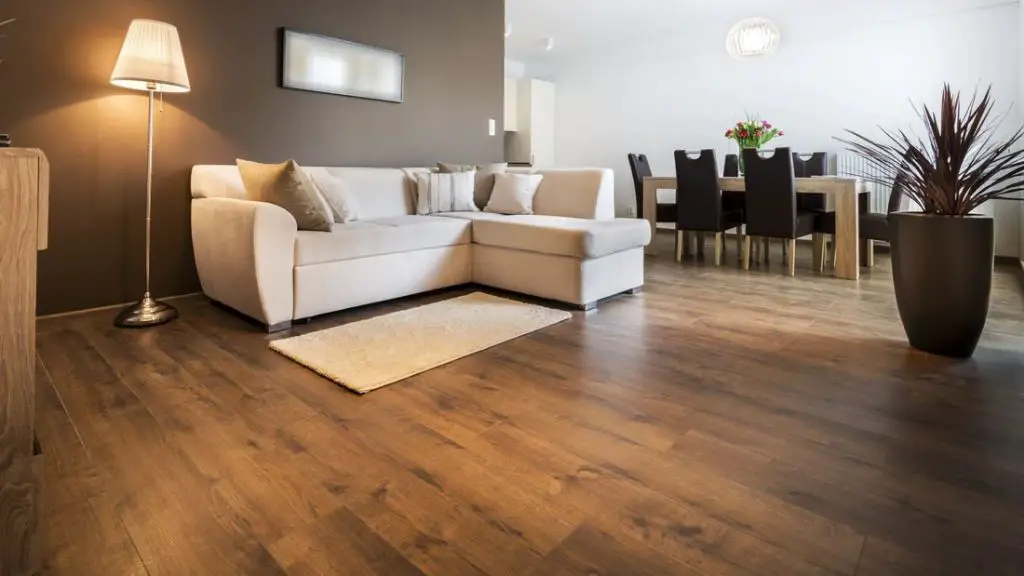
Ease of Cleaning
Keeping your craft room floor clean is important for maintaining a pleasant workspace. When choosing a flooring material, consider how easy it will be to clean up messes from arts and crafts projects.
Vinyl is one of the easiest flooring materials to clean. It can be swept or vacuumed regularly and then mopped with vinyl floor cleaner as needed. Vinyl resists stains and is very durable. Luxury vinyl tiles or planks are also waterproof, making them ideal for craft rooms.
Laminate is another practical option, as it can be swept and mopped. However, you’ll need to take care not to let liquids soak in. An acrylic coating can help laminate stand up to craft room messes. Keep in mind that laminate is susceptible to scratches and gouges from craft tools.
Tile and stone floors like marble or slate can work well too. Grout will need occasional scrubbing to keep it clean. Be aware that grout can stain if soaked by craft materials. Porous natural stone requires sealing to prevent stains.
Carpet is more difficult to clean and prone to permanent stains, so it’s not the best choice for high-mess crafts. However, for general projects it can be vacuumed frequently. Look for low-pile commercial-grade carpet intended for high traffic areas.
Overall, waterproof vinyl is the easiest flooring to clean and maintain in an active craft environment. Other options like laminate or tile work but require a bit more care and maintenance.
Comfort
Cushioning and comfort are important considerations for a craft room where you may be standing for long periods of time working on projects. Some of the most comfortable flooring options include carpet, cork and vinyl.
Carpet provides soft cushioning underfoot which can help ease pressure on your feet and joints when standing or walking around the room (source). Carpeting comes in a wide selection of colors, patterns and textures to suit your style. However, it requires more maintenance than hard surface flooring.
Cork flooring is naturally soft, resilient and shock-absorbent, making it very comfortable to stand on for extended periods (source). It has moisture-wicking properties as well, feeling warm underfoot. Cork can be noisy though when walking on it with hard-soled shoes.
Luxury vinyl plank flooring has an attached cork underlayment for cushioning comfort. The planks are warmer and softer underfoot than natural stone, ceramic tile or laminate floors. Luxury vinyl is also extremely durable and water-resistant (source).
Appearance
The visual appeal of the flooring is an important consideration for a craft room. You’ll want a floor that is aesthetically pleasing and enhances the creative environment.
Hardwood floors come in various wood species and stains that can create a warm, inviting look. The natural grain and texture of the wood can be inspiring. However, hardwood can be easily scratched or dented during craft projects (Greatmats).
Vinyl plank flooring is available in wood, tile, and stone looks that mimic the beauty of natural materials very convincingly. Vinyl is more affordable than real wood or stone, and is quite durable. Printed vinyl patterns can also incorporate fun colors and textures for a creative flair.
Cork floors have an attractive, natural appearance that is soft underfoot. Cork comes in various colors and patterns. However, the porous surface tends to show dirt, scuffs, and scratches (50 Floor).
Laminate flooring can realistically imitate woods, stones, and tiles for great visuals at an affordable price point. Many laminate options are scratch and stain-resistant. Bold or whimsical laminate patterns and colors are also available to match your creative personality.
Safety
When choosing flooring for a craft room, safety should be a top concern. Look for flooring options that offer good slip resistance to avoid falls, especially if the floor may get wet or messy while working on projects.
According to 50Floor, vinyl plank flooring provides excellent slip resistance thanks to its textured surface. Laminate flooring can also offer good grip.
Avoid flooring that may contain harmful VOCs or off-gassing chemicals like formaldehyde. Look for safer, low-VOC options when available. Greenguard certified flooring has been tested for low chemical emissions.
Cork flooring gets high marks for safety because it is naturally antimicrobial and hypoallergenic. It also provides some cushioning if you’ll be standing for long periods.
Also make sure any flooring you select is waterproof and stain resistant. This will help prevent damage from inevitable spills and craft mishaps.
Noise Reduction
When choosing flooring for a craft room, it’s important to consider the material’s ability to reduce noise. This is especially important if you plan to use loud equipment like sewing machines or power tools. Some flooring materials are naturally better at absorbing sound than others.
Carpeting is known for having excellent sound dampening qualities. The fibers and padding absorb vibrations and impact noise. According to Residential Planning and Design, carpet is known as the quietest flooring material due to its ability to absorb noise and vibrations.
Rubber flooring is another good soundproofing option. The dense rubber material blocks impact noise well. Rubber tiles or rolled rubber sheets can reduce noise from footsteps, dropping items, and more. This makes rubber suitable for craft rooms using noisy equipment.
Environmental Factors
When choosing a floor for a craft room, it’s important to consider the environmental impact of different flooring options. Some of the most eco-friendly choices include materials like bamboo, linoleum, and cork.
Bamboo is one of the most renewable and sustainable flooring options. It’s a fast-growing grass that can be harvested every 3-5 years without destroying the plant. Bamboo floors have low VOCs and are hypoallergenic. Linoleum is made from renewable materials like linseed oil, pine resin, cork dust and wood flour. It’s biodegradable, low VOC, and naturally antimicrobial. Cork is harvested from the bark of cork oak trees without harming the tree. It’s naturally antimicrobial, hypoallergenic, sound absorbing, and renewable.
When selecting an eco-friendly floor, look for materials with low or zero VOCs to minimize indoor air pollution. Also consider options that are durable, long-lasting, and made from renewable resources. Choosing sustainable floors is better for indoor air quality and has less impact on the environment.
Conclusion
When choosing a flooring for your craft room, there are a few key factors to consider. Based on the pros and cons discussed for each type of flooring, here are some top recommendations:
– Luxury vinyl plank is one of the best options for durability, ease of cleaning, comfort, and appearance. It replicates the look of real wood or stone, but is waterproof and scratch-resistant. The downside is the higher cost compared to other vinyl options.
– Rubber flooring is great for comfort underfoot and sound dampening. It’s durable but can show scuff marks. Rubber tiles allow you to replace just the damaged tiles instead of the whole floor.
– Laminate is cost-effective and provides the look of real wood. But it can scratch easily, swells with moisture, and makes noise when walked on. Best for craft rooms not prone to spills or heavy foot traffic.
– Tile is very durable and easy to clean, but can be cold and hard underfoot. Installing with radiant floor heating can make it cozier. Use slip-resistant tiles and mats to improve safety.
Evaluate your budget, usage needs, and style preferences to narrow down the best flooring for your unique craft room.


